Today on the blog, Barbara Wilson of the Carex Working Group and co-author of Field Guide to the Sedges of the Pacific Northwest, Second Edition, available from OSU Press, chronicles how the group of botanists carried their methodology out of the field, through the publication process, and into the pages of their guide.
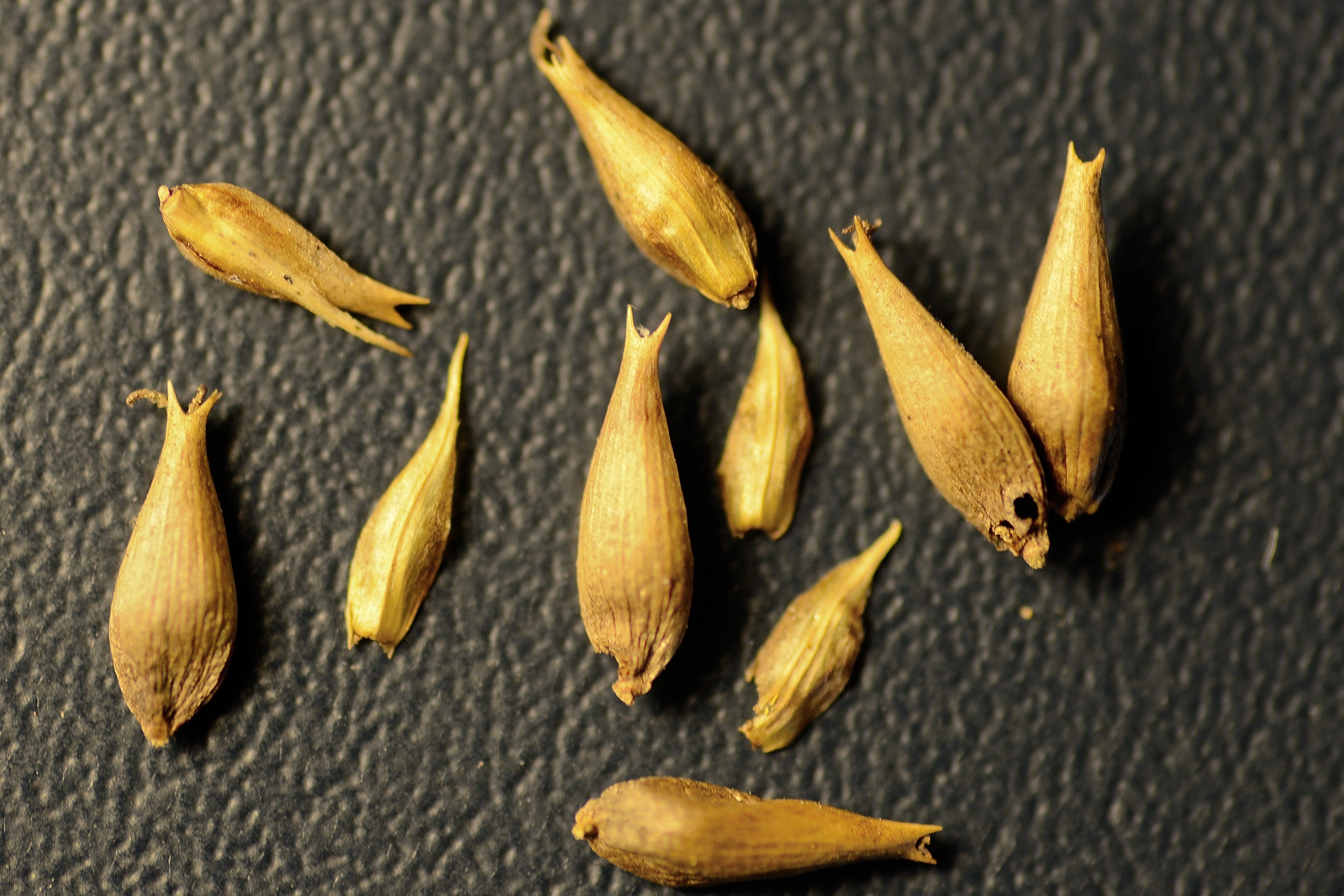
We Carex Working Group members were excited that OSU Press agreed to publish a second edition of our Field Guide to the Sedges of the Pacific Northwest. This would be an opportunity to revise the identification key, update nomenclature, modify a few maps, improve some of the photos, and make minor updates and corrections in the text. And clarify the Carex subbracteata confusion. Definitely clarify that.
The process became more exciting than we intended.
Our first big concern was adding Carex species recently discovered in Oregon or Washington. Each species needed a page of text plus a page of pictures. We needed to keep the number of pages constant. Additions included natives Carex eburnea from northeast Washington and C. subbracteata from the coast, as well as introduced C. distans, C. divulsa, and C. hirta. (Fuzzy C. hirta was collected in Portland a century ago, rediscovered in 2010.)
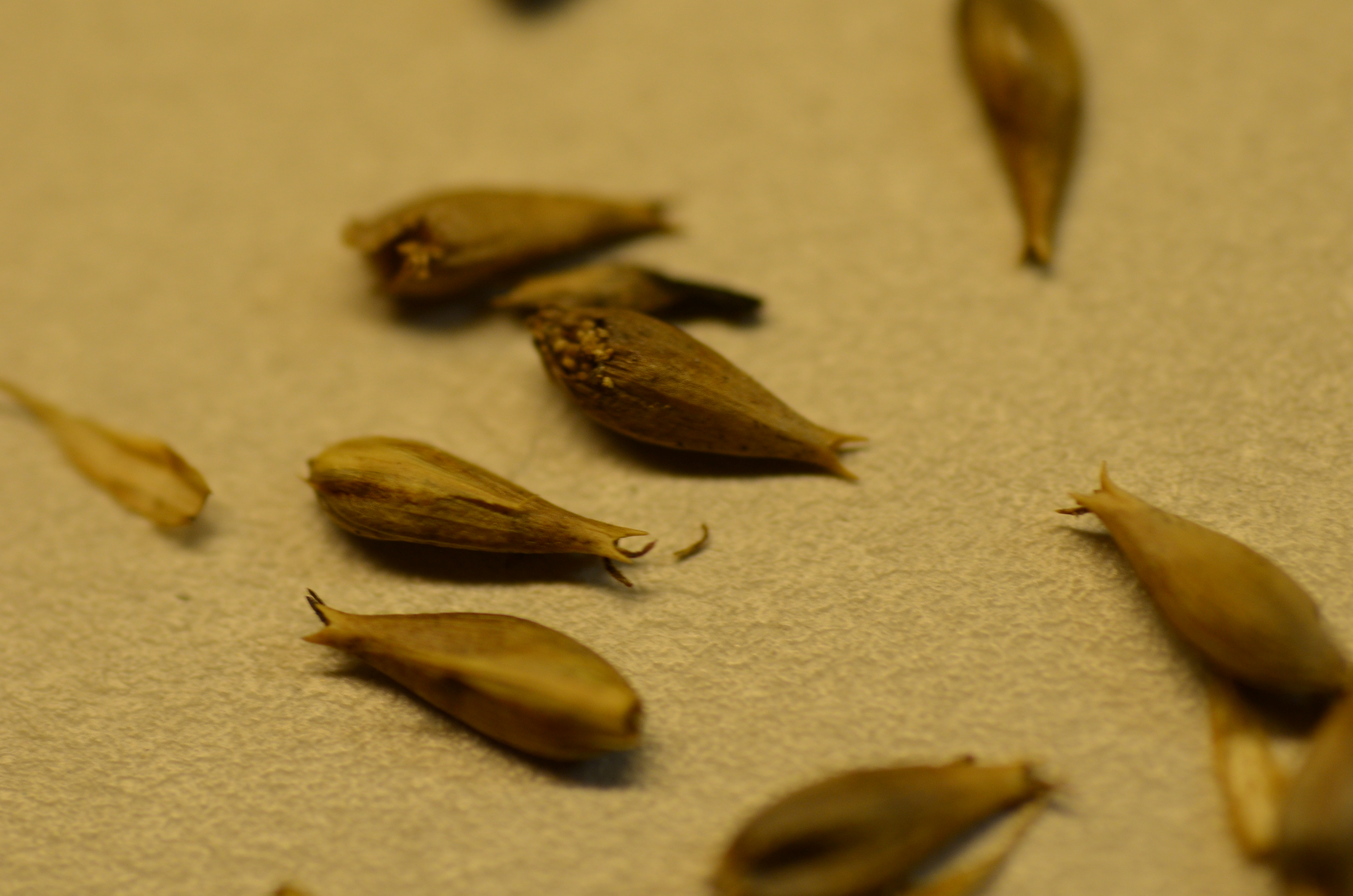
We decided to go with the split in Carex capillaris, which meant adding native C. tiogana from Steens Mountain. Let’s see . . . six added sedges meant twelve added pages. We saved two pages by recognizing only Carex heteroneura, not its two subspecies that couldn’t really be distinguished. That left ten pages to find. Where?
We cut “Excluded, Extirpated, and Not (Yet?) Discovered Species” from five pages to two since most of the species covered there had been found or never would be. Reformatting “Sedges with Distinctive Traits or Habitats” gained a couple more pages. Using a smaller font in the index helped, too. We sacrificed the ethnobotany section; much though we liked it, it didn’t help people identify sedges and we needed its four pages. (We tucked as much ethnobotany into individual species accounts as we could.)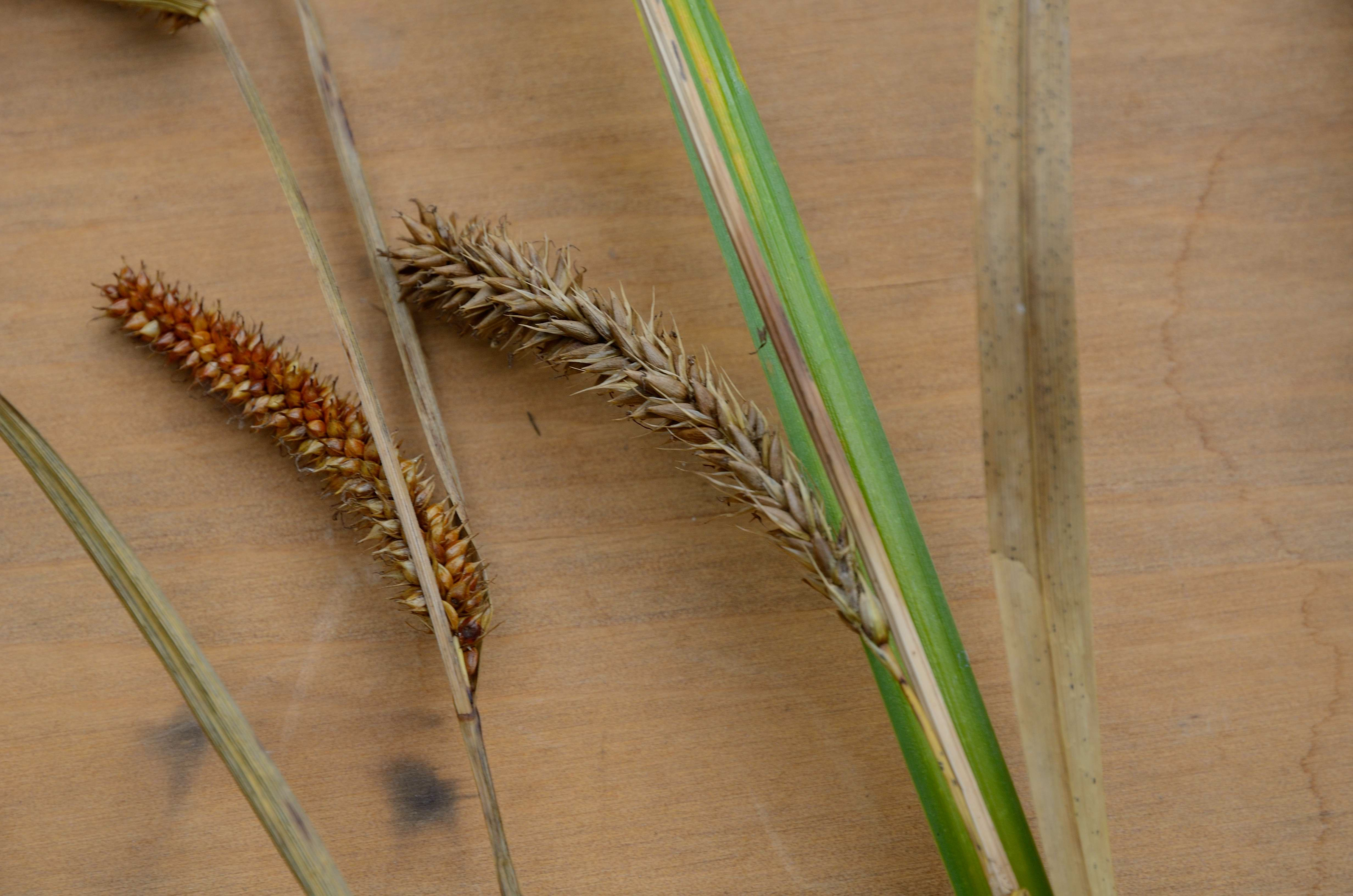
Updating the key was simple because we had been revising our personal version of it all along. Improving the text was fun. Finding photos of the new sedges was harder, especially since we wanted to be sure the identifications were correct. We ended up corresponding with botanists from Michigan, Illinois, Germany, and Romania to get the photos we needed.
Sorting out Carex subbracteata and C. harfordii took a lot of correspondence and much looking at specimens, but we did it. We hope. Both species have full treatments now.
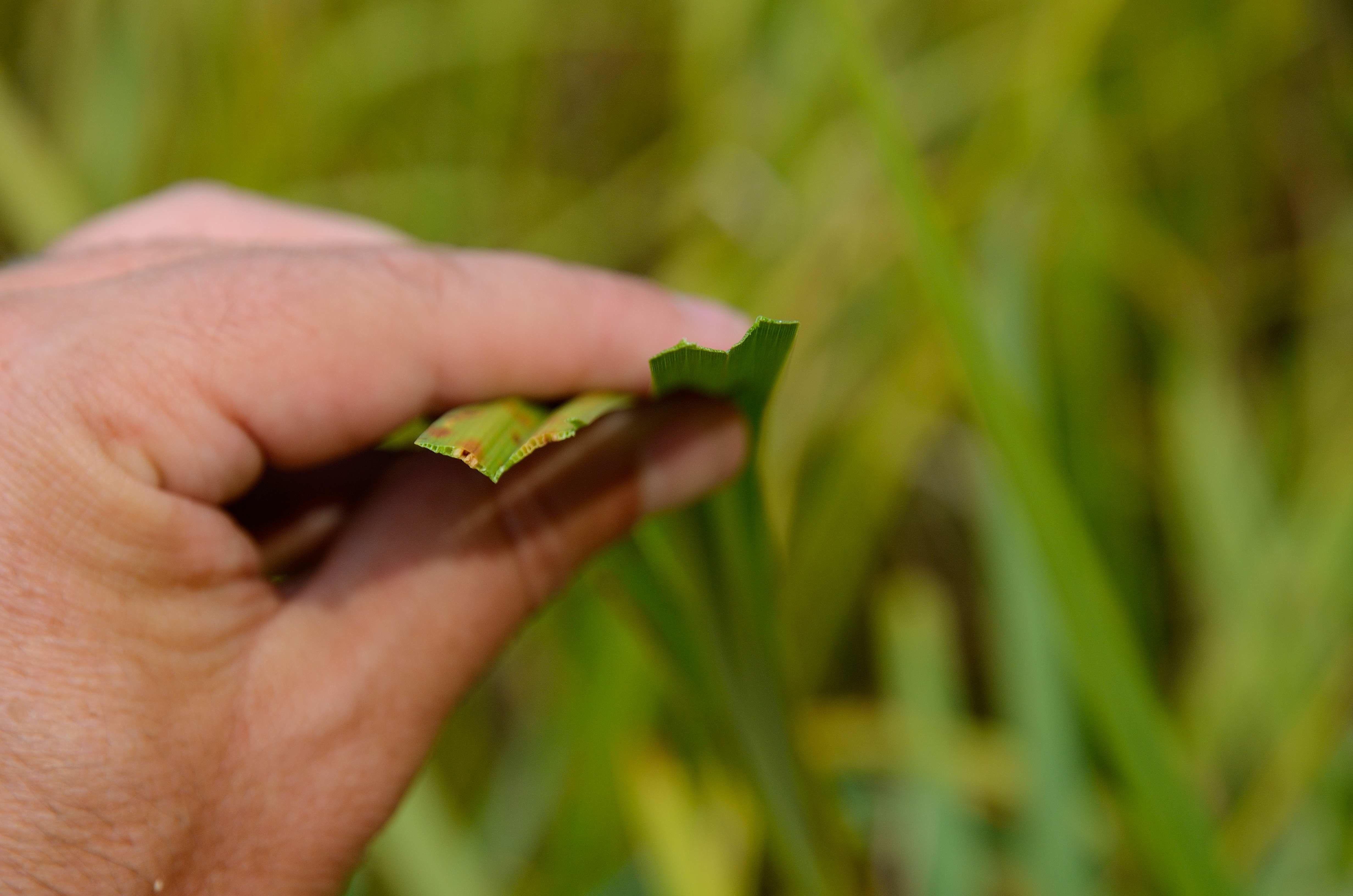 In late summer 2013, as we neared the end of our rewriting, we learned that Chris Reidy and Kathy Pendergrass from the Natural Resources Conservation Service had found Carex hirsutella, native to eastern North America, on a farm in Linn County. We went out to investigate and confirmed the report. This was a very interesting find, but our main concern was “Two more pages! We need two more pages!” Fortunately, we discovered that we had misidentified Carex projecta. Removing its account freed up the needed pages.
In late summer 2013, as we neared the end of our rewriting, we learned that Chris Reidy and Kathy Pendergrass from the Natural Resources Conservation Service had found Carex hirsutella, native to eastern North America, on a farm in Linn County. We went out to investigate and confirmed the report. This was a very interesting find, but our main concern was “Two more pages! We need two more pages!” Fortunately, we discovered that we had misidentified Carex projecta. Removing its account freed up the needed pages.
At last the revision was completed. We took a jump drive with the text and photos to OSU Press. There, our wonderful editor Jo Alexander told us exactly what she thought of the hundreds of changes we had made. This was supposed to be a revision, not a new book! Yes, of course she would make the changes, but we were asking a lot! Finally we got proofs and carefully read through it again, of course finding small errors we had missed. 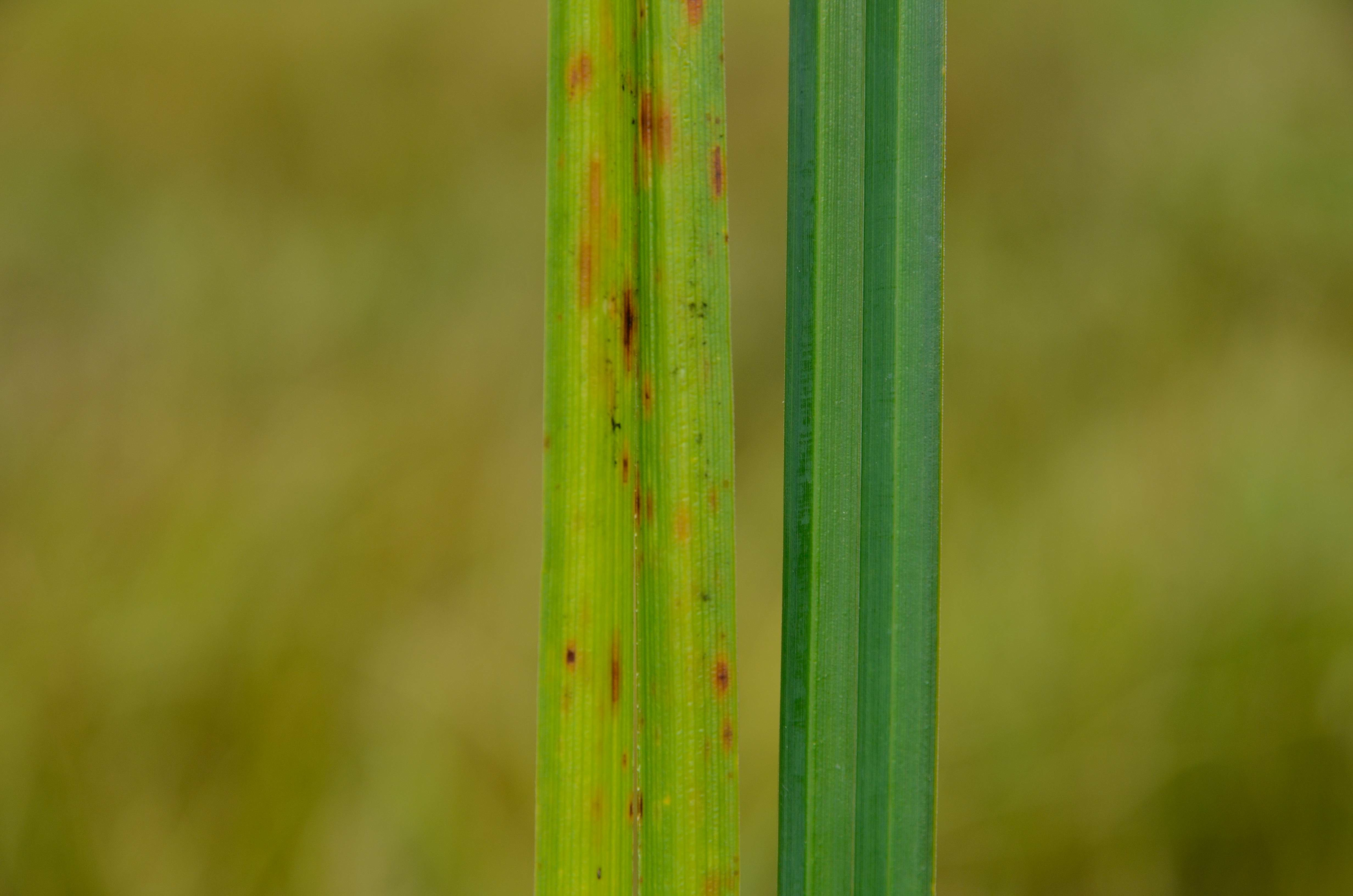
Then Rex Crawford and Joe Rocchio of the Washington Department of Natural Resources reported that they had found Carex lacustris in far northeast Washington. Aaaargh!!!!! We had heard that C. lacustris probably grew in northeast Washington but there were no specimens to confirm its presence there. We’d mentioned it in the first edition, even put it in the key, but since no one found it we omitted it from the second edition to save space.
When photos confirmed that this new report of C. lacustris was accurate, we just had to include it. We timidly phoned Jo Alexander and explained. This was a native plant. Could we add it to the key and put a photo and a paragraph somewhere? Anywhere? Please? After a pause, Jo said, “You really want to give it two pages, don’t you.” Well, yes. “I’ll find a way. Get the text and photos to me as quickly as you can.” And so Carex lacustris made it into the book.
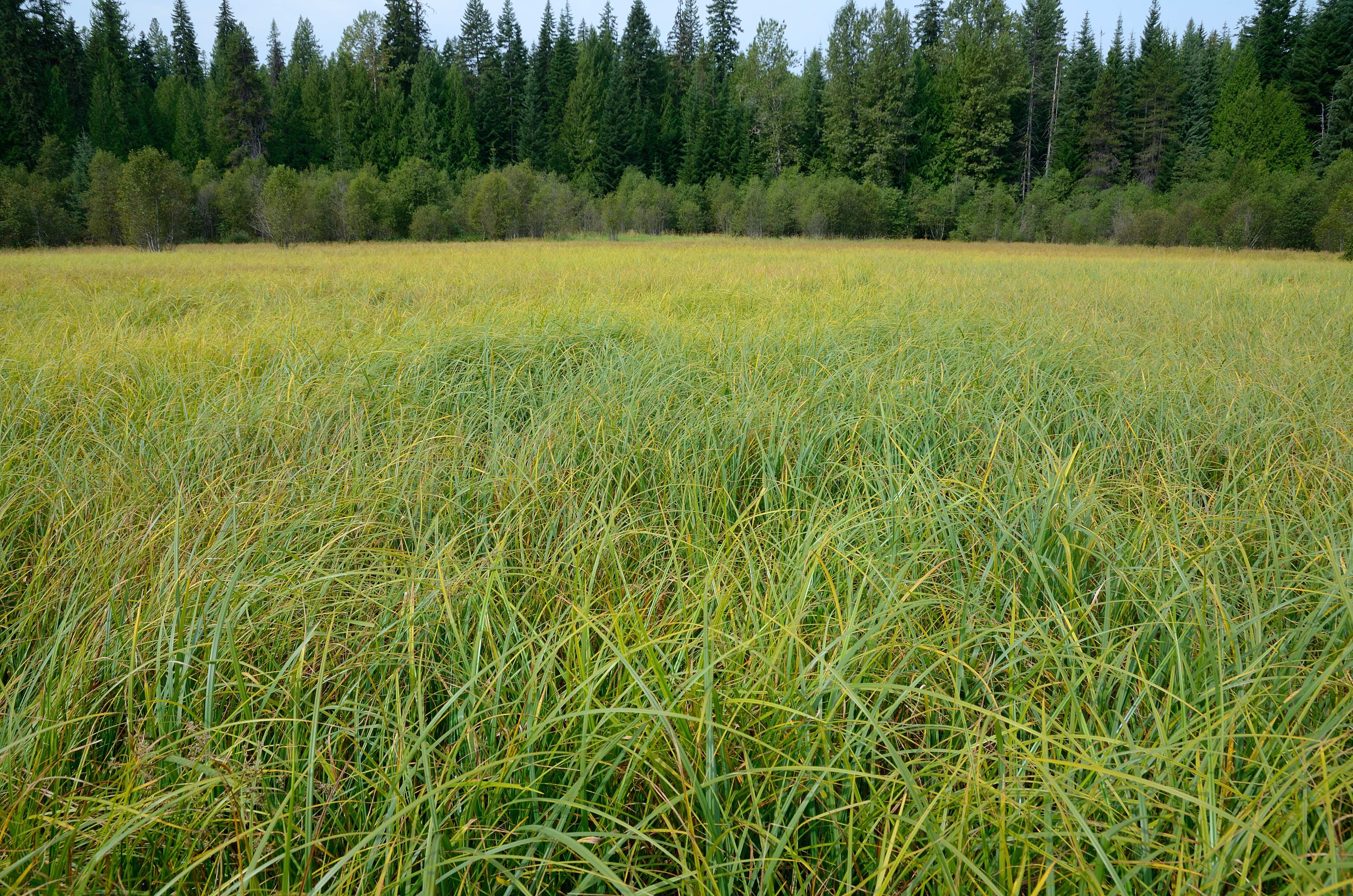
We can honestly say that the second edition of the Field Guide to the Sedges of the Pacific Northwest is up to date. We hope that it will be at least as useful as the first edition for those dealing with the Carex sedges of this area.
—Barbara Wilson
Field Guide to the Sedges of the Pacific Northwest is available here.
The Carex Working Group is made up of Oregon botanists fascinated by sedges, grasses, willows, and other difficult-to-identify plant groups. In addition to writing about and photographing sedges, CWG teaches plant identification workshops; completes botanical inventories, rare plant surveys, and natural resource planning projects; and conducts taxonomic research on plants of the western United States.
Images by Joe Rocchio. All images are Carex lacustris, by and used with permission from the Carex Working Group.
